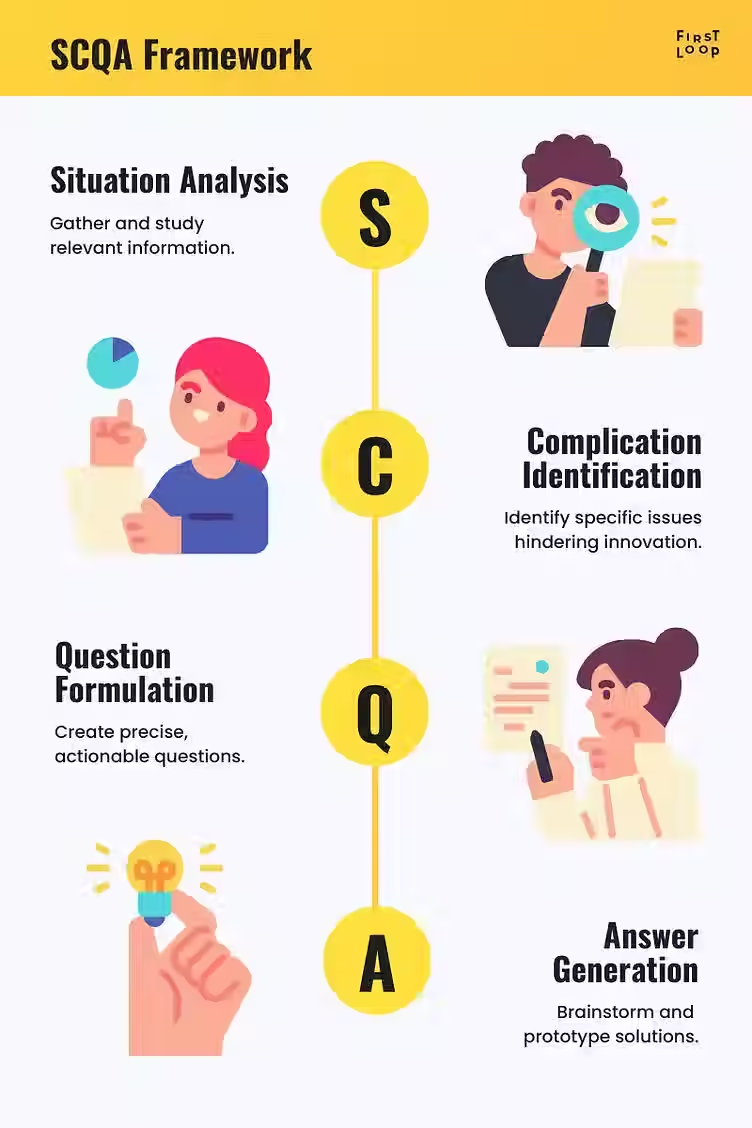Essential Strategies for Success in Business Case Competitions
- Ankit Attri
- Jul 7
- 3 min read
Business case competitions offer students a valuable chance to translate what they've learned in the classroom into real-world scenarios. Participating in these competitions sharpens critical skills like teamwork, problem-solving, and effective communication. However, doing well requires more than just knowledge; it demands strong collaboration and strategic planning.
The Importance of a Well-Rounded Team
The foundation of success in any business case competition is a diverse, well-rounded team. Each member should contribute unique skills that complement one another. When assembling your team, aim to include individuals with strengths in analysis, creativity, financial modeling, and presentations.
Consider defining specific roles within your team, such as:
Analyst: This person should have a knack for quantitative analysis and research, capable of dissecting data to provide insights and solutions.
Strategist: This role involves brainstorming creative solutions and preparing presentations. This team member should think outside the box and connect the dots between analyses and strategies.
Financial Planner: The financial planner evaluates the feasibility of the proposed solutions, calculating potential impacts with an eye toward budget constraints. For example, they might run break-even analyses, which can often uncover the viability of a proposed project.
Team Leader/Organizer: The leader is vital for maintaining focus and ensuring the team meets deadlines. They also facilitate communication among the members.
Communicator: Strong communication is essential. This member articulates ideas clearly and keeps discussions productive.
Designer: A creative individual who ensures the presentation is visually appealing. A good designer will use appealing graphics—such as charts that highlight a 30% increase in market share—to enhance understanding.
Setting Expectations and Defining Goals
Recognizing different working styles boosts team dynamics. In your first team meeting, take time for icebreakers to ease everyone into the group. After everyone is comfortable, clearly outline expectations. Share your working styles and preferences to improve collaboration.
Suggested Agenda for the First Team Meeting:
Icebreaker Activity: Establish rapport with a fun icebreaker that encourages team bonding.
Expectation Setting: Team members should share their preferred methods of working and involvement levels.
Goal Writing: Define what you aim to achieve. Setting measurable goals—like achieving a top-three finish—gives your team direction.
Role Delegation: Discuss and assign roles, ensuring everyone feels comfortable and prepared.
Scheduling: Create a timeline with key deadlines for meetings, presentations, and other milestones.
The Problem-Solving Process
To tackle the case effectively, begin with a thorough analysis of the case and its central problem. Look for essential information in the case materials and support your findings with external research.
Encourage each team member to ask insightful questions, which can lead to uncovering hidden issues and innovative solutions. Using a SWOT analysis can also be beneficial. For example, if tackling a case about a failing product, identifying weaknesses—like a 15% drop in customer satisfaction—can drive targeted brainstorming sessions.
Practical Tips for Presenting and Slide Design
Once you've shaped your analysis and developed solutions, it's time to focus on presentation. Here are some practical guidelines:
Use Clear Headlines: Ensure each slide features a straightforward headline that sums up the main point.
Tell a Story: Craft a narrative that weaves together your analyses and solutions. This keeps the audience engaged and helps the information flow logically.
Utilize Visuals: Avoid cluttering slides with text. Use visuals—like graphs showing a 50% increase in efficiency—to communicate main ideas effectively.
Ghost Deck: Create a "ghost deck" first. Fill it with placeholders to gather feedback on structure before adding detailed information.
Simple Colors and Fonts: Stick to clean, legible fonts and a cohesive color scheme. Avoid distractions that could detract from your message.
Anticipate Questions: Prepare for potential questions or challenges. Think through potential weaknesses in your proposals and be ready to address them.
The Key to Team Success
In the end, successful teamwork hinges on thorough preparation, communication, and well-defined goals. Emphasize individual strengths while keeping the team’s overall dynamic in mind. Regular check-ins are essential for adjusting plans and staying aligned.
To excel in a case competition, it is just as important to create a compelling presentation as it is to engage and persuade through your delivery. This dual focus can significantly enhance your chances of success.
Final Thoughts
Business case competitions can be a thrilling and rewarding journey. By forming a well-rounded team, establishing clear roles, and following a structured approach to problem-solving and presentations, you can dramatically boost your chances of victory.
Seize this chance to learn, grow, and showcase your potential. With these strategies at your disposal, you're poised to shine in your next case competition!





Comments